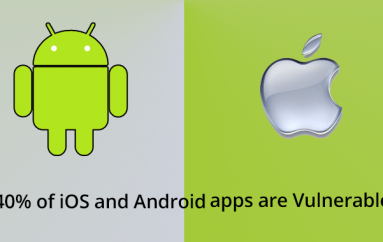
UK Firms Hit By Attacks Every 50 Seconds
Cyber-attacks on UK businesses hit an all-time high in the second quarter of 2019, averaging one every 50 seconds, according to Beaming.
The business ISP analyzed traffic for its customers during the period and found them to be on the receiving end of 146,491 attempted attacks each, on average. That’s 179% higher than the same period in 2018, when firms faced down 52,596 attacks on average.
IoT devices and file sharing services were most frequently targeted, hit by 17,737 and 10,192 attacks respectively during the quarter.
This chimes somewhat with a FireEye report from last month which revealed a dramatic increase in attacks exploiting file-sharing services to deliver malware via email. From hardly being used in any attacks in Q4 2018, OneDrive was seen in over 60% by Q1, it claimed.
Hackers often target file-sharing services with their phishing emails as they bypass the initial domain reputation checks made by security tools.
Beaming also identified over 371,000 unique IP addresses used to launch cyber-attacks in Q2 2019: a plurality were traced back to China, with significant activity also originating in Taiwan, Brazil, Egypt and the US.
However, this is more of an indication of where the most compromised PCs are, rather than necessarily the geographical location of the attackers themselves.
Beaming managing director, Sonia Blizzard, argued that companies of all sizes are under attack.
“The majority of cyber-attacks on businesses are indiscriminate, malicious code that trawls the web seeking to exploit any weak point in cybersecurity systems. A single breach can be catastrophic to those involved,” she added.
“We do lots at a network level to minimize the threat of online attacks, but businesses need to take the threat seriously, educate employees and put in place measures such as managed firewalls to ensure they don’t expose themselves to undue risk.”
This post UK Firms Hit By Attacks Every 50 Seconds originally appeared on InfoSecurity Magazine.





